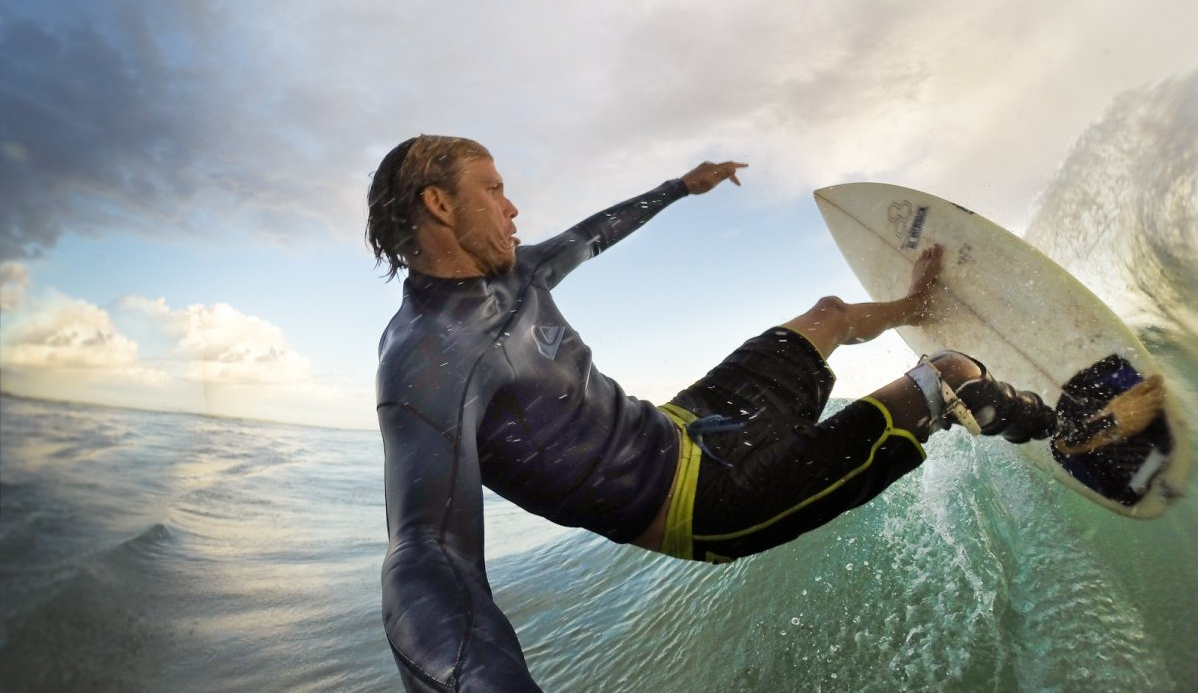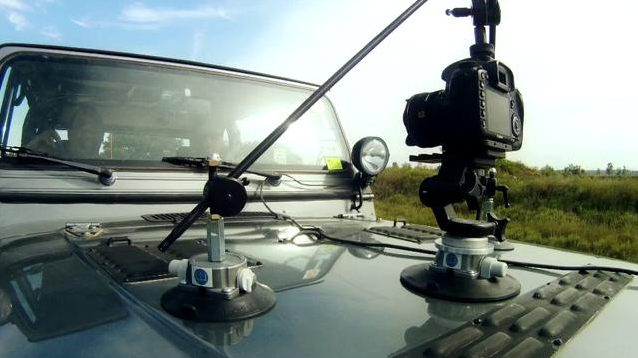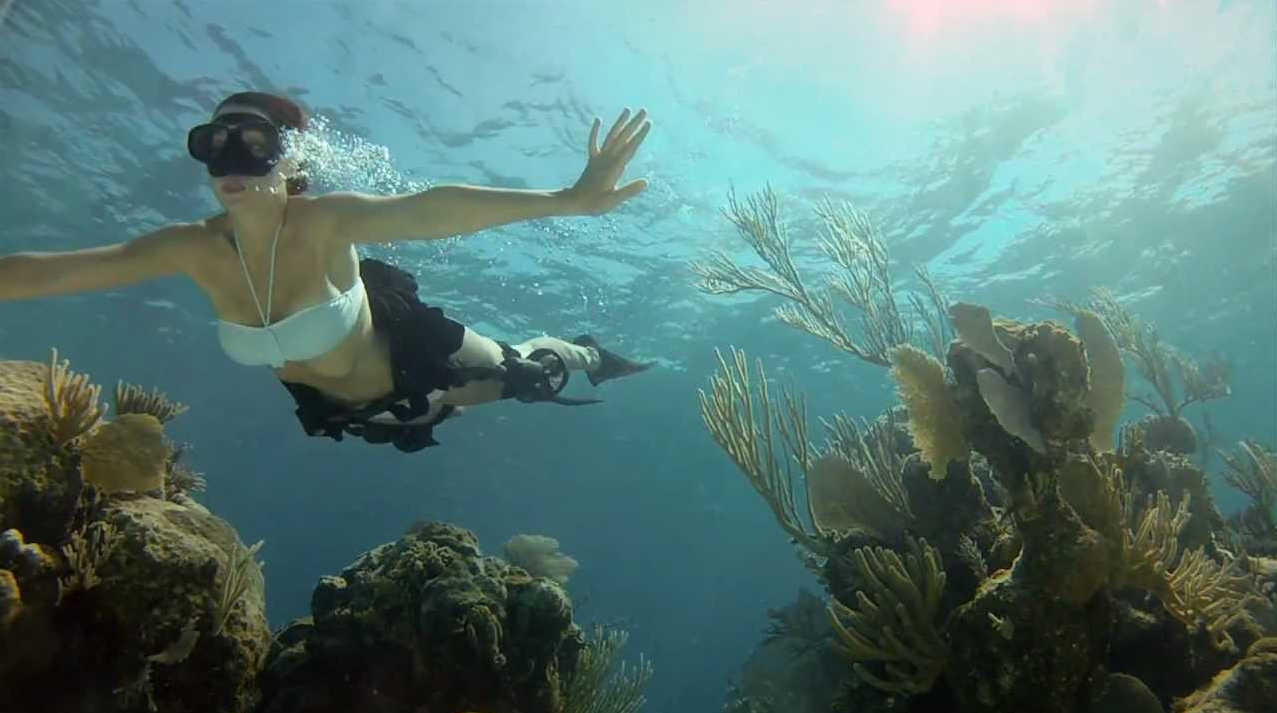The GoPro was designed to solve a problem that Nick Woodman discovered while surfing in Australia in 2002; he wanted to capture the intensity of taking on big waves to share with others, but since he couldn’t afford the expensive equipment available at the time he had to settle for filming the surfers from the beach.
Enter the GoPro.
Although they didn’t immediately become widely used in Hollywood, GoPro cameras today are used in many professional productions, such as 2012’s “Leviathan” and 2014’s “Need For Speed.” Like these big-budget movies, you too can create amazing scenes with your GoPro. Of course it’s not enough to just strap it on and see what happens — you’ll need to plan ahead to enhance your cinematographic experience with this innovative tool.
Show Multiple Angles
One of a cinematographer’s greatest responsibilities is giving viewers a sense of space. Another term used for this is coverage, which involves using several shots to let viewers know where they are. GoPro cameras make it easier to gain this footage since you can pretty much strap one on anywhere you desire.
GoPro cameras are especially useful for action scenes, such as an intense car chase. You know filming the cars from a distance isn’t going to cut it, so what you do is attach a GoPro camera to one of the vehicles. Seeing the action close up as the vehicle zooms past surrounding objects will provide an entirely new level of immersion for the audience.
To really give a sense of space, professionals recommend using more than one GoPro camera. This was done in “Need For Speed” to give them more angles to use with during editing. With more views and footage to work with, they were able to combine together the shots that were more effective at sucking you into the action while not leaving you disoriented.
Use The Protune Setting
Simply put, the Protune setting on a GoPro allows you to capture a higher level of color image quality. You can seamlessly integrate between your GoPro and cinema footage to deliver gorgeous scenes, even if your regular camera is much more powerful. Even though the GoPro footage isn’t enhanced dramatically, but it is enough to be used in professional films.
With the Protune setting you can adjust a number of things, including exposure, ISO, white balance, sharpness, and more. More importantly, its color correction features lets you capture highlights and shadows by setting the color to flat. A flatter look provides more flexibility when looking to improve the footage in post-production.
Take It Anywhere, Shoot Anything
Getting the most out of a GoPro camera means using it in ways no other camera can be. Arguably the neatest perk is its small size, which means you can easily take it anywhere you go and strap it onto anything. GoPro has given filmmakers all over the world the freedom to deliver video from immersive perspectives that previously required overpriced equipment.
Think outside the box to give an otherwise forgettable scene a bit more memorable. Shooting a scene where a bulky guy is benching hundreds of pounds? Strap the GoPro onto the end of the bar to let the audience feel the heavy weight being pushed up and down. From vivid sports moments and calm nature scenes to an intimate documentary interview, the GoPro eliminates the limitations of a regular camera.



